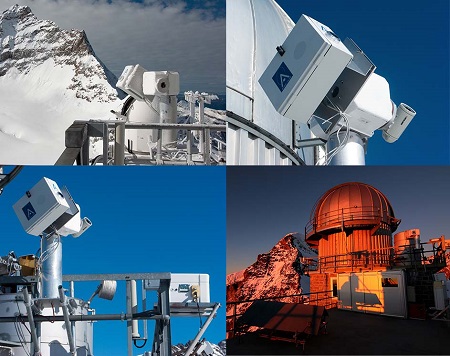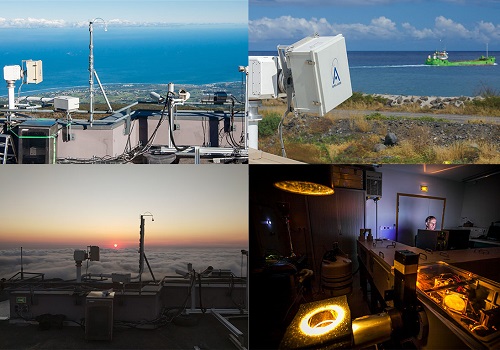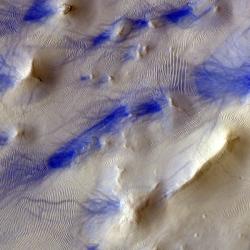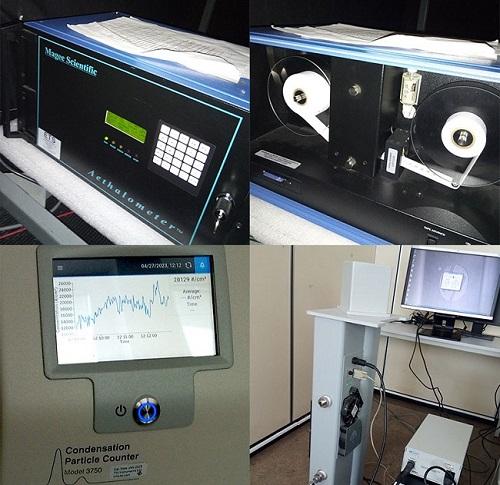Today, ACTRIS was established as a European Research Infrastructure Consortium for state-of-the-art data and services in atmospheric research. The establishment of ACTRIS ERIC concretizes a long-term effort by several European countries to create a sustainable infrastructure supporting atmospheric and climate research. With ACTRIS, doors are open for researchers, industry, and countries to access to key information on the state of the atmosphere and to the best research platforms in Europe to understand and predict the evolution of atmospheric composition and its impact on air quality and climate.
The European Commission has taken a long-anticipated decision to establish the Aerosol, Clouds and Trace Gases Research Infrastructure (ACTRIS) as a European Research Infrastructure Consortium, or ERIC. Seventeen* founding countries are pooling resources to open access to a broad range of technologies, services, and resources in the field of atmospheric science. With their commitment, the members demonstrate atmospheric and air quality research as a national priority on the long term. Being a member country of ACTRIS ERIC means that a country’s representative can help shape the strategy, participate in mission-based research, and join ACTRIS unified voice in the forefront of European science and education landscape of atmospheric research focused on aerosol, clouds, and trace gases. The decision and the ERIC statutes have now been published in the EU Official Journal.
| Austria, Belgium, Bulgaria, Cyprus, Czechia, Denmark, Finland, France, Germany, Italy, Netherlands, Norway, Poland, Romania, Spain, Sweden, Switzerland. Greece and UK expressed interest in joining at later stages. |

ACTRIS entered its journey towards ACTRIS-ERIC as early as 2011, achieving important scientific and technical milestones that led to deeper understanding of the driving forces of climate change and air pollution. The spatial and temporal variability of short-lived atmospheric constituents (aerosols, clouds and trace gases) has been continuously observed for more than a decade from 80 observing platforms in Europe and beyond, and atmospheric processes are studied from 38 exploration platforms. This has provided unprecedented views of effectiveness of emission reduction policies in Europe but also highlighted the complex feedback mechanisms acting on the climate system.
ACTRIS facilities make up the largest, multi-site atmospheric research infrastructure in the world. ACTRIS offers its users open access to instruments, expertise, training opportunities, and FAIR* data management services. All ACTRIS services are accessible via http://www.actris.eu.
| The FAIR principles (Findable, Accessible, Interoperable, and Reusable) describe how research outputs should be organised so they can be more easily accessed, understood, exchanged and reused. |
With its ERIC status, ACTRIS is now legally recognized as a European Research Infrastructure providing ACTRIS with a stable legal structure. Finland will host the Statutory Seat and manage the overall coordination of ACTRIS and Italy will manage the access to ACTRIS services.
Eija Juurola, Interim ACTRIS Leader:
This decision means the ACTRIS facilities can now operate legally together, as one organization. The decision comes at an important time since the transition to operations is already happening, and the synergies with scientists and industry are continuously developing.
Martine De Mazière, Belgian’s national contact point:
For Belgium, this step is important as it allows our ground-based atmospheric monitoring activities and related expertise to be integrated in a sustainable European consortium and our researchers and industry to draw from the vast experience of the entire ACTRIS network in a well-coordinated manner.

network. Credit: BIRA-IASB
ACTRIS core components are the National facilities, constituting in observatory (measuring station) and exploratory platforms (mobile observation facilities or simulation chambers), both within Europe and at selected global sites, and the Central Facilities fundamental for the provision of harmonized high-quality data.
Belgium takes on an important and varied role within ACTRIS, with the Royal Belgian Institute for Space Aeronomy (BIRA-IASB) leading the Centre for Reactive Trace Gas Remote Sensing (CREGARS). In addition, Belgian researchers from federal institutes (BIRA-IASB, KMI-IRM), federated institutes (VITO, ISSep), and universities (ULiège) are operating several National Facilities both in Belgium (Uccle, Vielsalm) and abroad (at Reunion Island in collaboration with France, and at the Jungfraujoch in Switzerland). They will also operate a mobile exploratory platform during measurement campaigns. The sustainable access to and use of these infrastructures and expertise will firmly anchor Belgian research efforts in a solid European framework.
ACTRIS is in line with the objectives of the European Union's Green Deal. Faced with the challenges of climate change, ACTRIS is a research and innovation infrastructure designed to provide data and services for understanding environmental changes, which are essential for defining effective mitigation and societal adaptation strategies.
We would like to express our explicit thanks to BELSPO, the Belgian Scientific Policy for their financial support to ACTRIS Belgium.
National Contact Point
Martine De Mazière
National contact point ACTRIS-Belgium
Martine (dot) DeMaziere (at) aeronomie (dot) be
ACTRIS Head office
Eija Juurola
Interim ACTRIS Leader
eija (dot) juurola (at) fmi (dot) fi

Carbon’; inside of the aethalometer (top right) is the ample filter tape on which the atmospheric particles are collected.
The nephelometer (bottom right) measures the light cattering coefficient of atmospheric particles. In ombination with the absorption coefficient of the aethalometer, several important parameters for radiative ransfer models (e.g. applied in satellite data retrievals) an be calculated.




